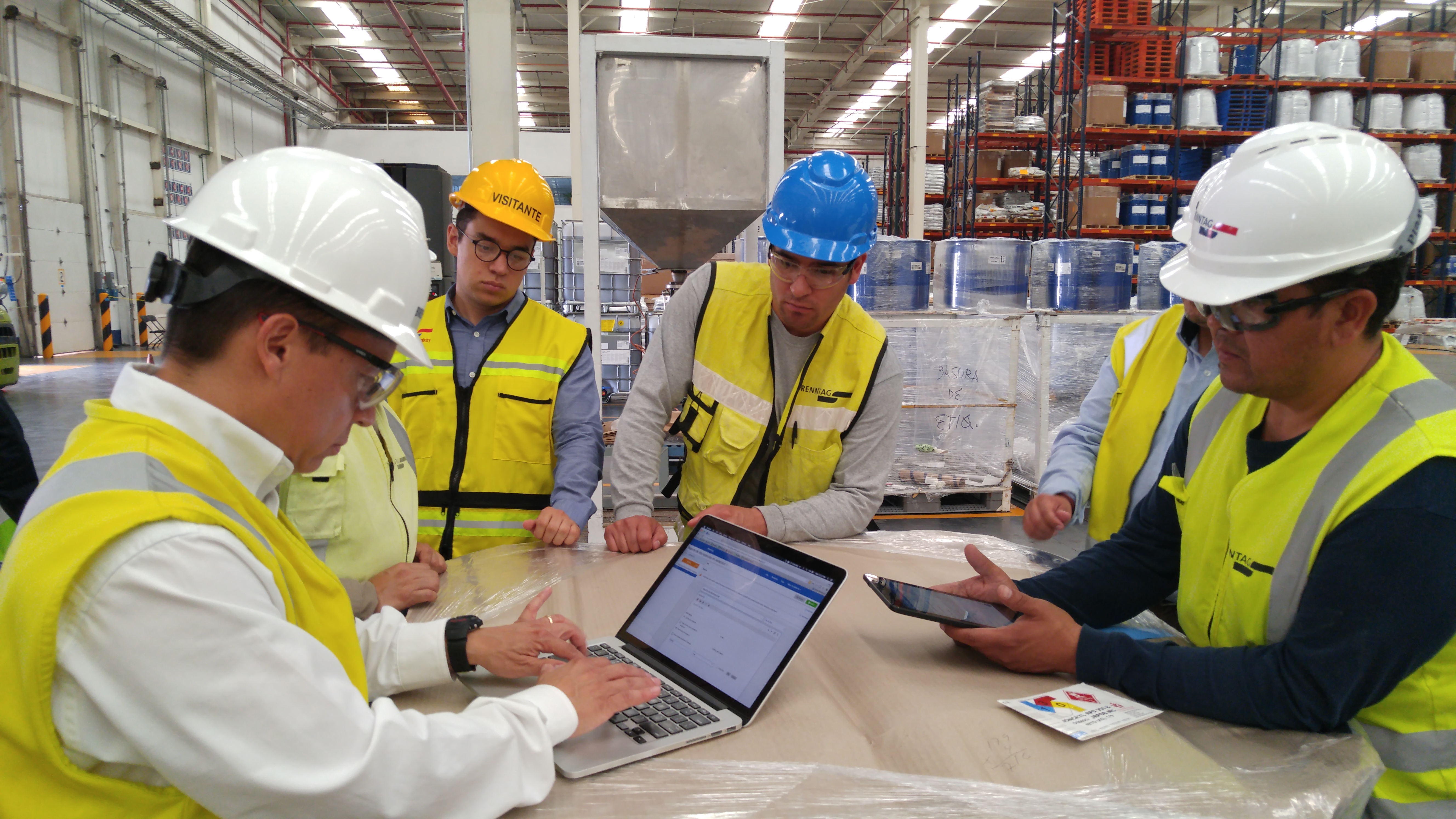Without question, Dallas-Fort Worth’s industrial real estate market is among the strongest in the nation. According to Cushman & Wakefield research, the region closed 2017 with nearly 26 million square feet in occupancy growth—a new record. And construction deliveries for the year, at 27.4 million square feet, exceeded the 10-year historical average by 172 percent.
Industrial tenants continue to make North Texas a part of their supply chain and logistics strategies, and are growing their presence at a record clip. So, what could possibly get in the way of good times continuing? Here are four potential disruptors:
- Labor
Industrial labor is in great demand in DFW, and there is at least a perceived shortage throughout the region. In a market growing as quickly as ours, it can be a challenge to find a deep bench of workers, whether you’re in South Dallas or North Dallas or Alliance. Every industrial tenant that comes to town wants to know where they can find good labor. And it’s not just about finding workers, it’s keeping them. Amazon is paying as much as $4 or $5 more per hour for forklift drivers than what most small, locally owned companies can afford, making it hard for them to compete.
Similarly, developers want to know how they can best position their projects so prospective tenants can feel confident about hiring prospects. Access to labor can be a huge differentiator in the market. Our research team has done in-depth labor studies and created heat maps that reveal where concentrations are centered. It’s a quantitative analysis, not qualitative, but it’s been very helpful on both the tenant and landlord side.
- Land
A shortage of available land sites in Dallas is a phenomenon that’s new to this development cycle. Land in or near the majority of established industrial parks in North Texas has already been snapped up; only infill sites remain. That’s why so much of the new construction is happening in South Dallas, the last submarket with available raw land. But now even South Dallas is becoming a challenge.
The tracts of land that do remain throughout DFW are available for a reason; typically there’s some sort of extraordinary cost associated with developing them, such as a flood plain or infrastructure challenge. This is leading some investors to opt for redevelopment. The old Raytheon campus in Garland is an example of this, as is the former ST Microelectronics complex in Valwood. It’s not just former industrial space that’s getting repurposed. A golf course in Great Southwest has been turned into an industrial park, as was a church and the former Six Flags Mall. Due to the shortage of land, we will see a continuation of this trend.
- Construction Costs
As industrial space becomes more sophisticated and the basic economic principles of supply and demand come into play, developers are paying more for everything from materials and land to labor. Today’s tenants not only want higher ceilings, they want increased car parking and trailer parking. This means more paving costs and, more important, it decreases the amount of coverage that developers can achieve on a site. The floor area ratio goes down, so there’s less building per foot, per site, for which they can charge rent. Developers are facing pressure from two different directions: higher costs and lower building coverage. All of this puts increasing pressure on rents.
- Interest Rate Hikes
We are expecting to see three or four hikes in 2018. As rates increase, so will the cost of borrowing. Higher construction and financing costs have been offset over the past several years by cap rate compression. But as interest rates rise, some are betting that cap rates will eventually rise, too. At this point, we don’t anticipate that cap rates will be affected in the short-term, unless 10-year Treasury yields get to somewhere in the 3.50 range. There remains an abundance of capital for industrial real estate, which is still a preferred asset class for most investors.
Kurt Griffin is an Executive Managing Director within Cushman & Wakefield’s Logistics and Industrial Services group in Dallas. He specializes in industrial project leasing, tenant representation, and investment property and land sales.





